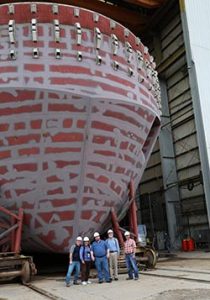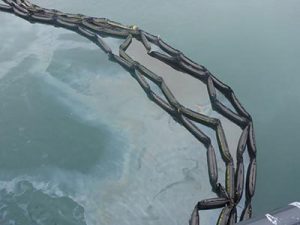Stricter rules applicable in certain areas

The Alaska Regional Response Team, or ARRT, recently updated a list of areas that would receive extra scrutiny before dispersants are applied to a crude oil spill. The update completes the planned changes to the Dispersant Use Plan for Alaska. The plan is a guide for spill responders, and it spells out how oil spill dispersants would be used during a crude oil spill. The previous dispersant use plan had not been updated since 1989.
The first changes went into effect in 2016. Two different processes for deciding whether to use dispersants, depending on the location of the spill, were developed at that time. The application of dispersants is now considered “preauthorized” except for “avoidance” areas. In an avoidance area, a decision to use dispersants must undergo more extensive scrutiny on a case-by-case basis.
By pre-authorizing use of dispersants in certain areas, the ARRT can speed up the decision-making time on whether or not to use dispersants. Consultation with U.S. Fish and Wildlife and National Marine Fisheries Services is still required before dispersants would be used in a preauthorization area. For avoidance areas, additional consultation and a consensus between the Environmental Protection Agency, the Department of Interior, the Department of Commerce, and the Alaska Department of Environmental Conservation is required prior to use.
There is a short window of time after a spill when dispersants should be applied. Dispersants work best on freshly spilled oil.


